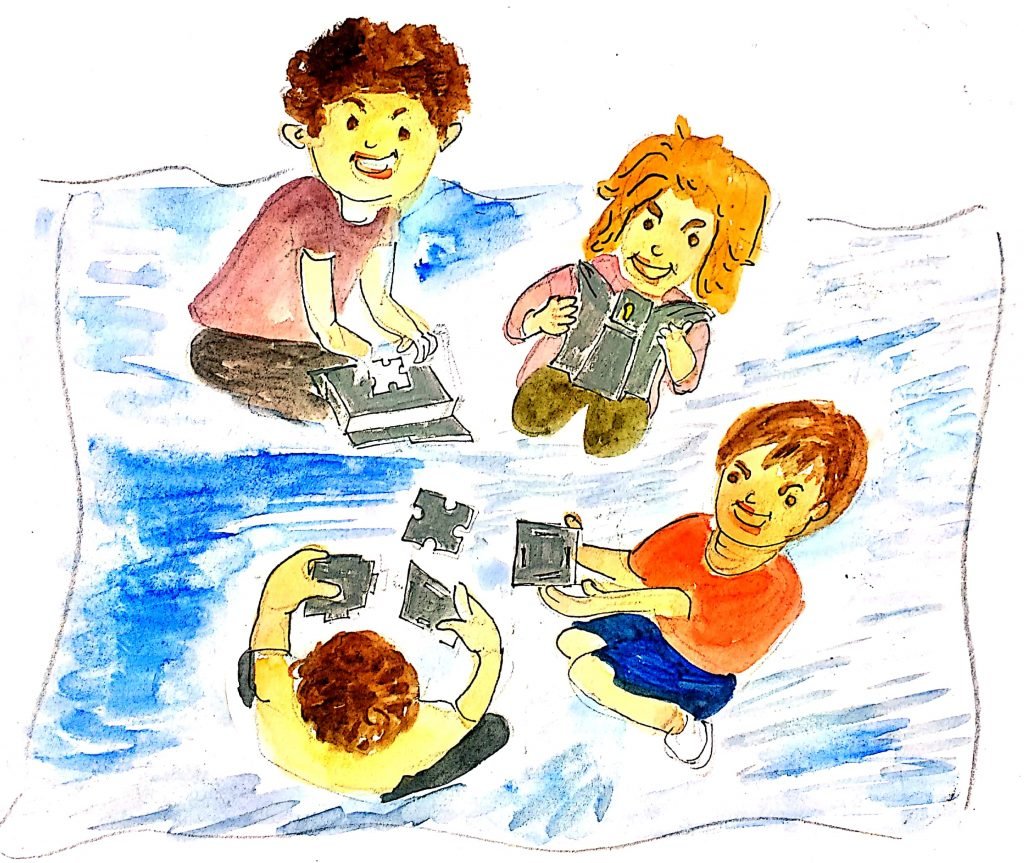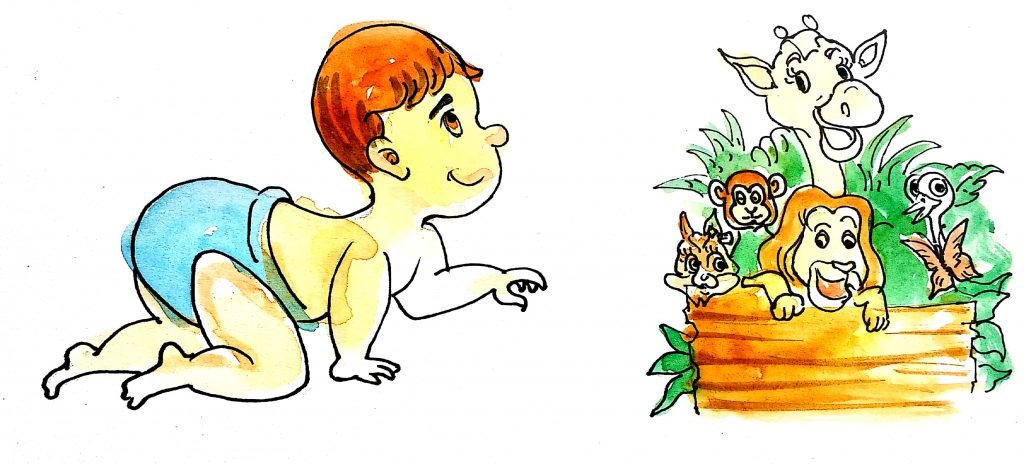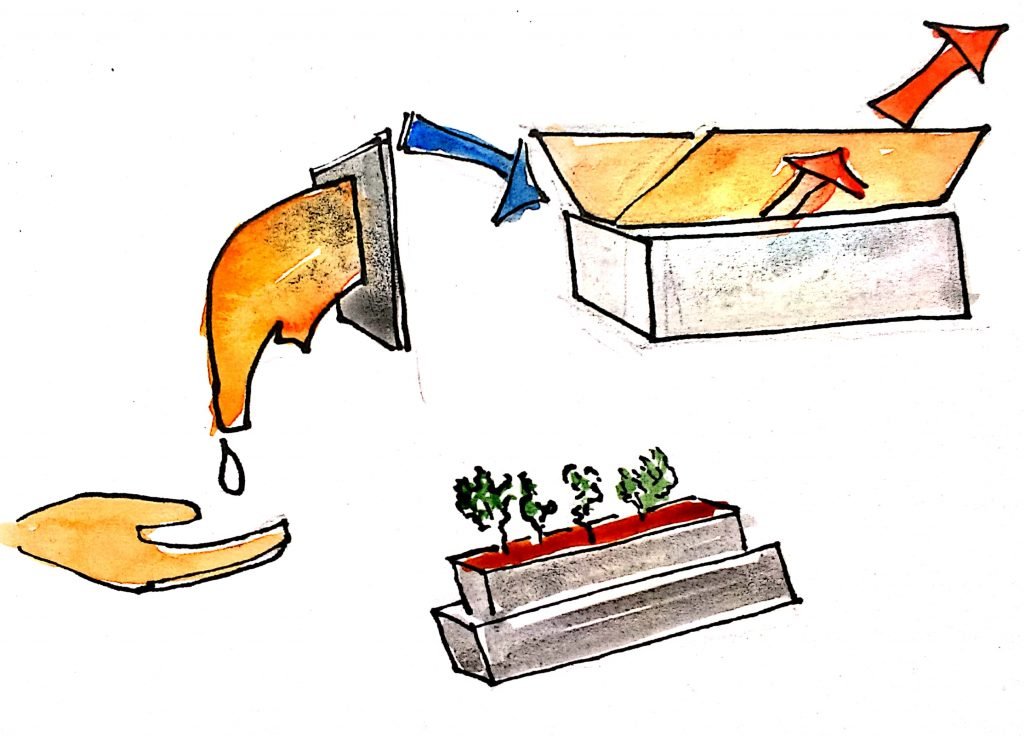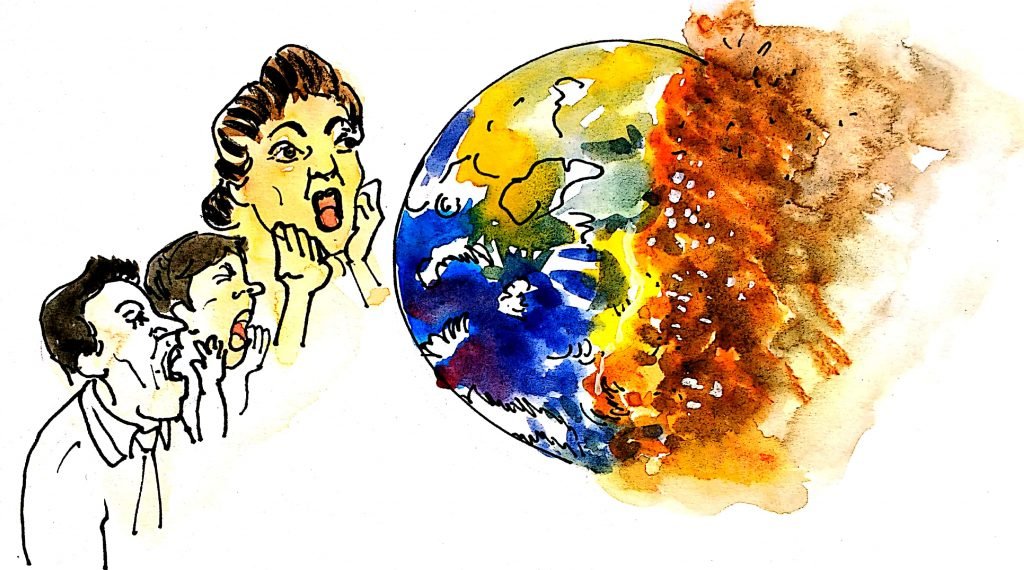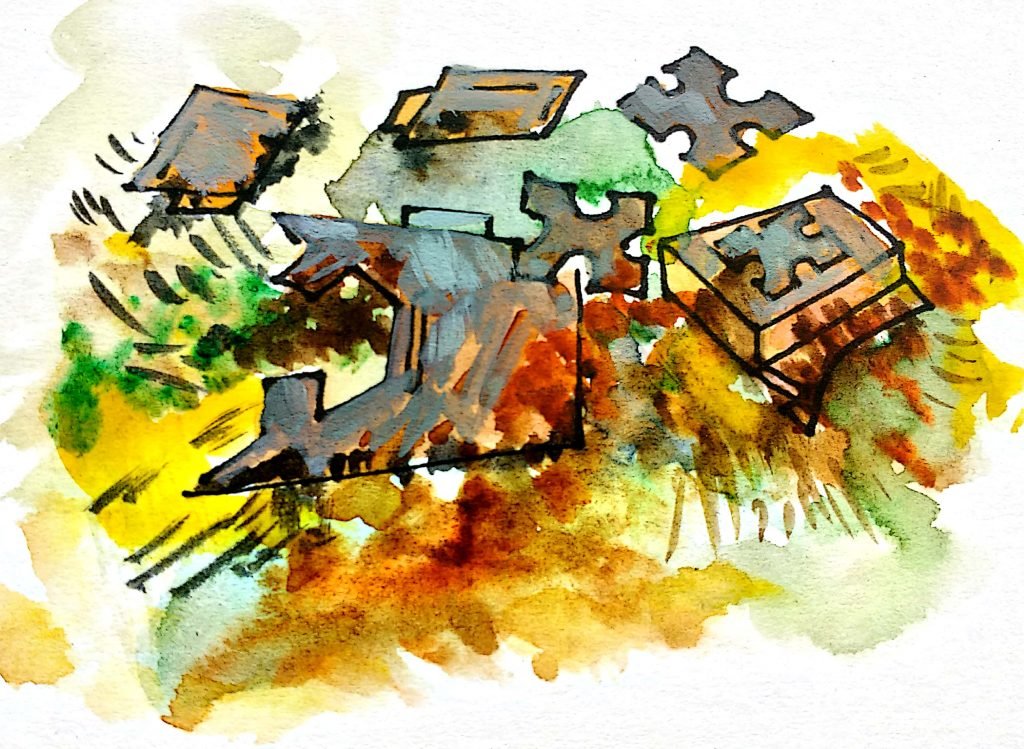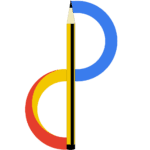Magical Eco House
We have created a unique puzzle for the whole family which will not only be a fun project but also is a multi-purpose educational toy. Our eco house can be used as a home décor; also we have installed a senor based sanitizer and tissue box keeping in mind the current world situation. It can be also used as a To-do list planner, mini kitchen garden.
If we go back to how and when puzzles originated; it started with jigsaw puzzles, John Spilsbury, an engraver and mapmaker from London invented the first jigsaw puzzle in 1767. First puzzle was a map of the world. Children’s puzzles have moved from just being used for lessons to a source of entertainment, showing diverse subjects like animals, nursery rhymes, and modern tales of superheroes.
In 1909, Parker Brothers devoted their entire factory to manufacturing puzzles. In 1933 sales reached an astounding 10 million per week. The introduction of die-cut cardboard puzzles was another turning point in the production of puzzles, especially since inexpensive cardboard allowed manufacturers to mass produce puzzles.
Puzzles can help children develop their cognitive skills. As puzzles come in a whole range of themes and topics such as alphabets, shapes, animals, and colors, these themes and topics increase children’s visual awareness and develop their understanding of them. Puzzles can also help develop someone’s problem solving skill. For a solver to complete a puzzle, the solver must think of different strategies on how to approach the problem or the puzzle at hand in order to achieve a certain goal.
Solving puzzles also helps in developing hand-eye coordination. When children flip, turn, or remove pieces of the puzzle, they are then learning the connection between their hands and their eyes. Their eyes see the problem or the puzzle, and the brain works on how to solve it. Puzzles also help improve the vocabulary, memory, and overall reasoning and raise someone’s Intelligence Quotient or IQ.


